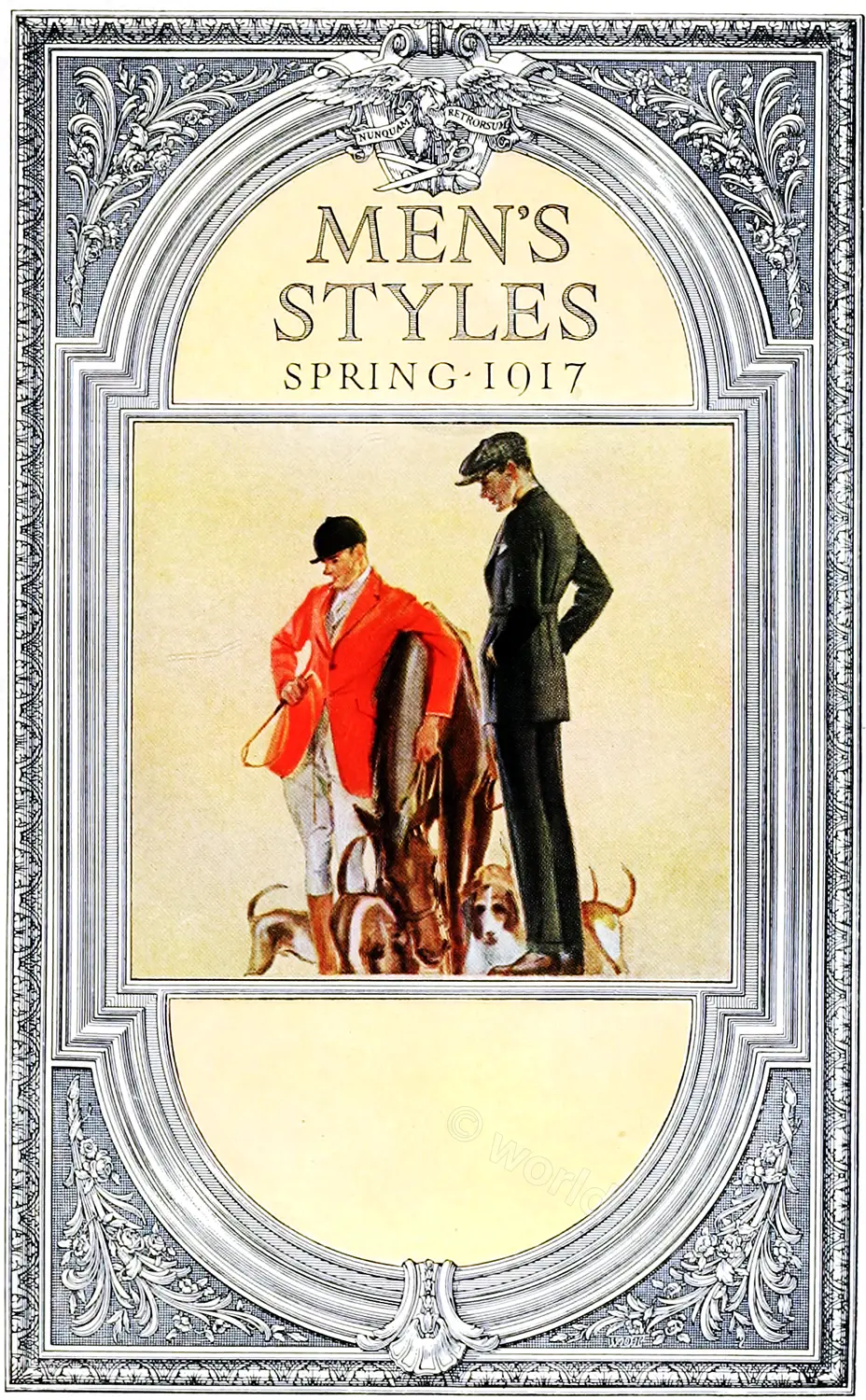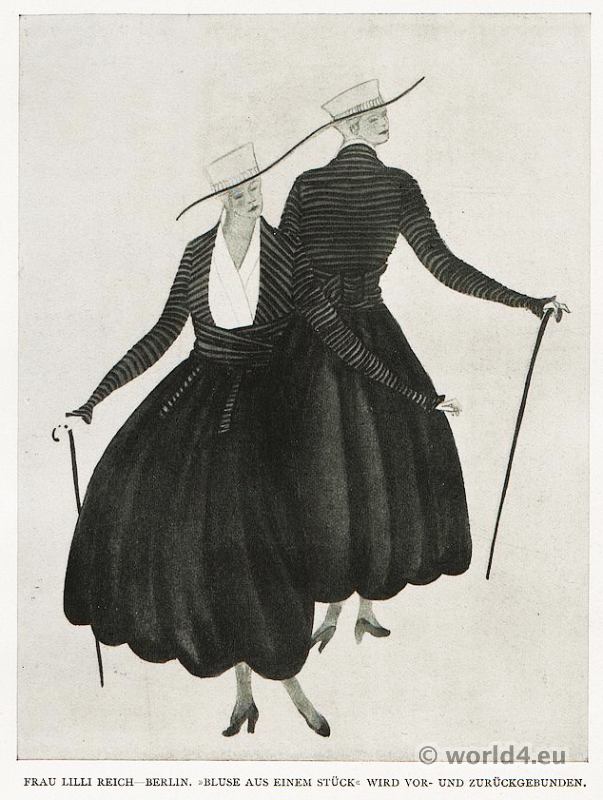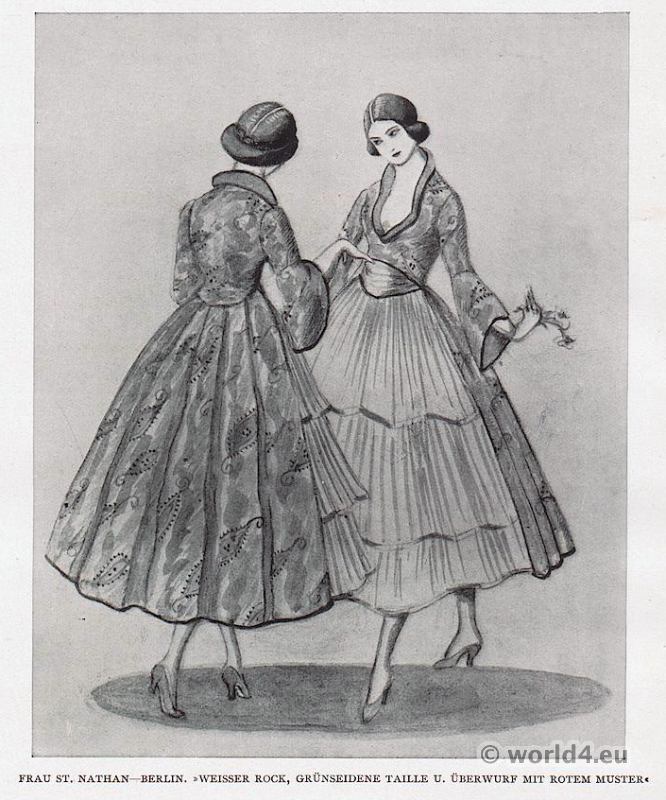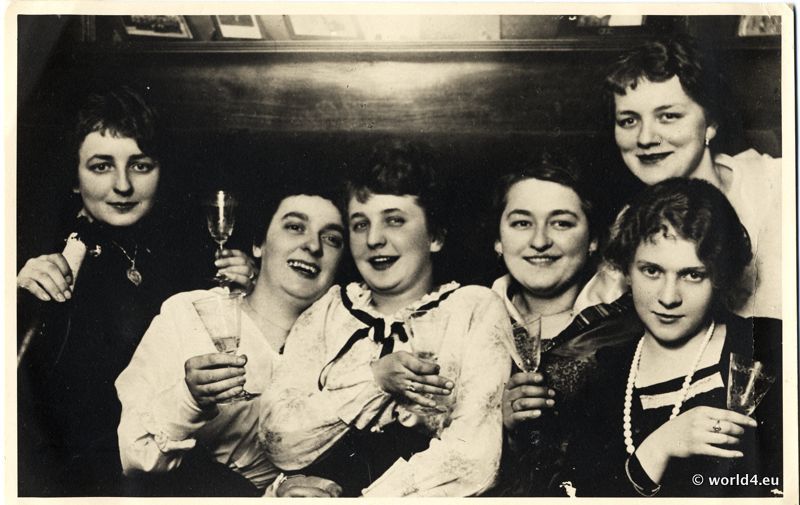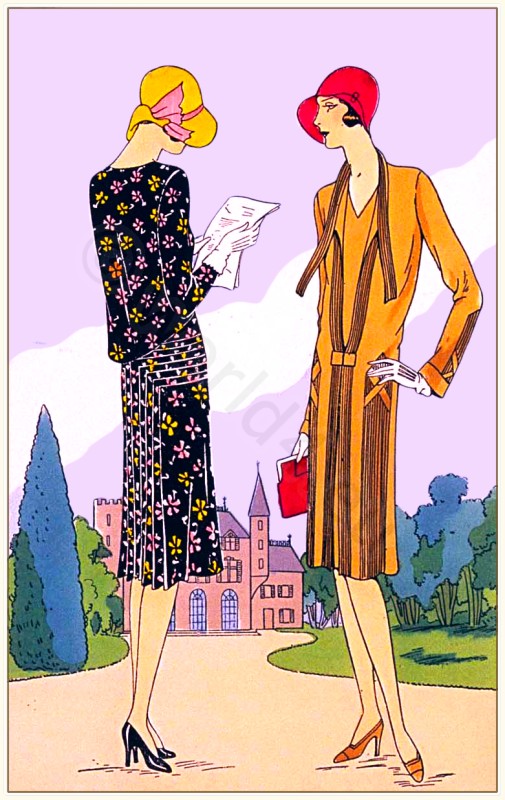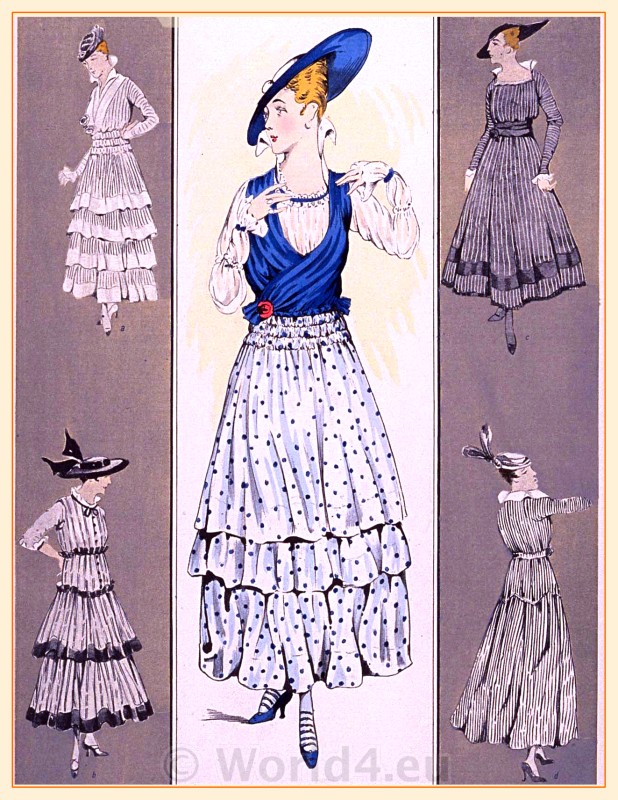WALTER D. TEAGUE
CORRECTNESS of line and extreme elegance of manner are the characteristics of Mr. Teague’s work. He has saturated himself with the traditions of the decorative style which the French engravers of the eighteenth century employed in the “frames” in which they set their masterly reproductions of portraits of celebrities, members of the court and the Royal family. He has no rival in this field of decorative design.
The high quality of Mr. Teague’s productions has attracted to him a clientele of corresponding quality. He has worked for the Metropolitan Museum, the Locomobile, Packard and Pierce-Arrow Companies, the Curtis Publishing Company, P. F. Collier & Son, the Aeolian Company, Cluett, Peabody & Company, The House of Kuppenheimer, the Regal Shoe Company, L. Adler Bros. & Company, the Pennsylvania Portland Cement Company, the Japan Paper Company, Fatima and Vafiadis Cigarettes, the Stillson Press, the Herald Press of Montreal, the Cheltenham Press, Joseph Richards Company and many other commercial houses.
Among the magazines which have used his work are the Woman’s Home Companion, Vogue, Vanity Fair, Good Housekeeping, Harper’s Bazar, the American Magazine, Collier’s Weekly, and the Theatre Magazine. If this list is not long enough we can make it longer. Like Mr. Falls, Mr. Rogers, Mr. McCormick and many other distinguished Americans, Mr. Teague came from Indiana.
The initial reproduced on this page has been contributed by the artist to this book and has not been used before.
Source: Some examples of the work of American designers by Dill & Collins Co; Joseph Moore Bowles (1865-1934). Philadelphia : Dill & Collins Co. 1918.
Walter Dorwin Teague (Pendleton, Indiana, 18 December 1883 – Flemington, New Jersey, 5 December 1960) was an American industrial designer.
Walter Dorwin Teague began working as a graphic designer, but soon moved into the world of product design. After a trip to Europe, he decided to set up his own company dedicated to the re-styling of objects. His company worked for companies such as Boeing, starting in 1946 with the design of the interior of the Stratocruiser airliner. This relationship with Boeing has lasted over 60 years with Teague Aviation Studios having worked on every Boeing aircraft including the 707, 747, 777 and 787.
Although not an architect, he also developed as an architect, and even built structures in the Soviet Union for the United States Information Agency. His firm’s Steinway Peace Piano, built for the 1934 New York World’s Fair, is now on display at the Smithsonian Institution. His architectural designs include the American Civil War Centiennial Dome in Richmond, Virginia.
Most of the products designed by Teague Associates can be found in many museums around the world, such as the Wolfsonian collection and the Cooper-Hewitt Museum.
His creations have been associated with the art deco style, but he is particularly noted for his prominence during the Streamlining period in the United States after the crisis of 1929. Among his best-known works are the Eastman Kodak camera, the glassware for Steuben and the Texaco service stations.
Teague’s legacy continues today, as his company Teague Design remains a leading design consultancy. Based in Seattle, Washington, it has worked for clients such as Microsoft, Boeing and Hewlett-Packard.
Discover more from World4 Costume Culture History
Subscribe to get the latest posts sent to your email.

